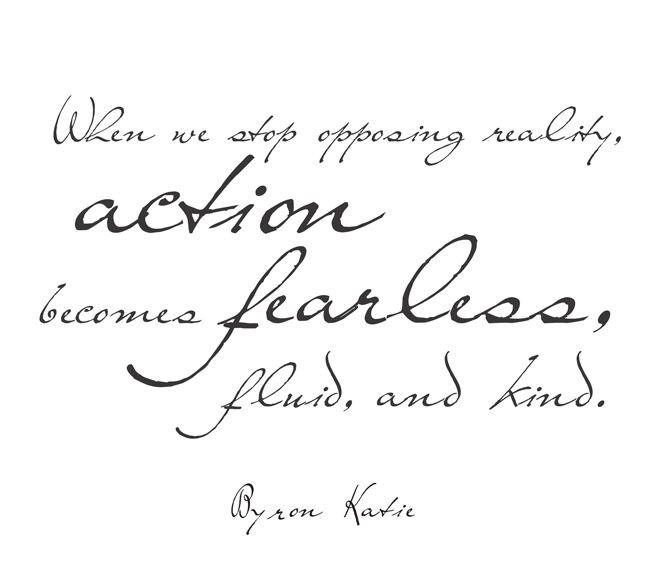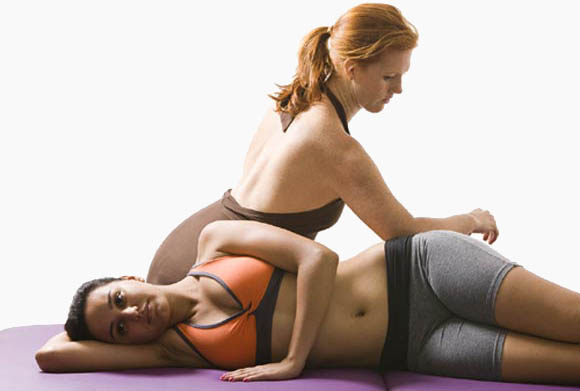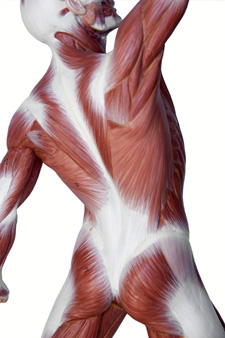Feeling Deeply Into the Soft Pain of Your Body, Columbus, Ohio
Every Person Experiences His/Her Body Uniquely.
Our bodies are created as a result of a creative force, our thinking and our actions.
When we stop living fully in our bodies, our life force diminishes, we loose our spark and joy.
So What does this mean to you?
Well, through life, most people encounter some type of suffering, discomfort or pain. When this happens, we have different ways of coping. We may ignore the pain and push through … we may disassociate from what the body tells us and disassociate… we may pretend that everything is alright with a happy face when we don’t feel that way at all. There are many type of coping mechanisms that help us to avoid pain when our thinking is trying to leave the situation.
The Challenge is that when we oppose what our experience is telling us, that information stays stagnant until we stop defending against it whether subconscious or not. That energy of pain that is not originally felt waits to complete its cycle into health and integration. To unwind these patterns, it is necessary to include unwinding the body too. It is through opening and feeling deeply that we can restore our energy levels and wellbeing.
My experience as a professional Structural Integration Therapist is that there is soft pain that is often tolerable. This is a basic natural reaction to getting physically or emotionally hurt. For example, a child falls off a bike and has a boo boo. He/she goes to Mommy gets a kiss and bandaid and all soon is well. It hurt but was taken care of with kindness and sensing. This is a positive interaction because it allows flow but also keeps our physical being safe and wise in interacting with our environment. This type of pain is helpful in keeping us alive physically. What causes the real suffering is not feeling deeply into it when it occurs in the moment. An example of this might be a soldier goes to war and the experiencing is overwhelming. When home, PTSD or other biological processes need to be integrated because the experience was just too much. Our defense systems assist us when life feels overwhelming and intolerable. This intelligence has its benefits. Yet when that defense system becomes a habit, and it often does, it is important to question the benefits of maintaining its system.
Pain can stay numb or can show up later in life if it is disregarded longterm.
What has helped me assist clients is to work with people in their zone of comfort.
I enjoy being a bodyworker with a lot of modalities under my belt. But one of my favorites in giving and receiving is Structural Integration. That is because by layering deep into the fascia, all that cellular memory begins to awaken. The tissues soften, rehydrate and the body actually reshapes itself from its own wisdom. Structural Integration is a wonderful method to help the body find its proper alignment, leading to more ease and freedom in the body, mind & soul.
Now Rolfing has had its negative popular opinion. Historically it has been known to be to rough and abrupt. Some people have claimed that it is painful in itself as a treatment. And it is true that when the tissues are felt, the natural defense systems kick in and that closed system is not necessarily happy to be unprotected. The mind is smart and wants to to keep things status quo. Yet if the body is not allowed to stay open, relating, and communicating as a whole, we become segmented.
Structural Integration as I have learned it is the same as the Rolfing method, but as with the Rolfers, many practitioners have learned to slow down and stay in the zone so there is no re-injury. Yet I have to say that Structural Integration is not for that half-hearted. It will be uncomfortable at some points and there may be some pain involved. But that is the pain that already exists in the body and is being touched and awakened. Often clients tell me that it hurts, but it is the good kind because as the resistance dies, new energy can surge in that is very healing and helpful. At the end of a session, clients can be very giddy and happy because they have let go of old patterns that have kept them down. It is wonderful to witness this.
It is my promise as a Professional Structural Integration Therapist, to help you to feel deeply into your body. I will do this at your pace, in your time and with your consent. In order to keep in the zone, we set up healthy boundaries of communication. If anything feels over the top, then we slow down or give you a rest. Now I don’t want to scare you off, but I am being honest that this work does usually include discomfort. The key to a great session is to listen, allow and be in the moment. The mind will resist at some point the changes that are happening, and I will ask that you feel this softer discomfort when it shows up. But your dialogue and wishes are always respected.
When clients finish going through the 10 series of Structural Integration, their whole body changes. They stand straighter, they feel more energy, and the pain in their body diminishes quite a bit. Life is general changes just because people feel better after a series even if they can’t put their finger on it.
Because this takes a commitment to your overall health and wellness, take your time and consider the possibility of Structural Integration. As Marianne Williamson says in one of her quotes, “Our deepest fear is that we are powerful beyond measure.” Opening to feeling vitality and joy means moving through inner resistance… mental, emotional and/or physical. It’s easier to stay in our habits than to break through.
Here is a quote by Byron Katie that I think about when I consider Structural Integration Work in relationship to the mind:
www.thework.com
I also offer more gentle modalities like Craniosacral Therapy, Brennan Healing Science, Aromatherapy and more. This is just one road to healing. As I mentioned in the beginning, each person’s make-up is unique, and if we are to heal, we need to be met where we are.
When you decide to ask for help… interview, ask questions. Find the right practitioner for you.
Warmly,
Sharon Hartnett LMT
740 966-5153



